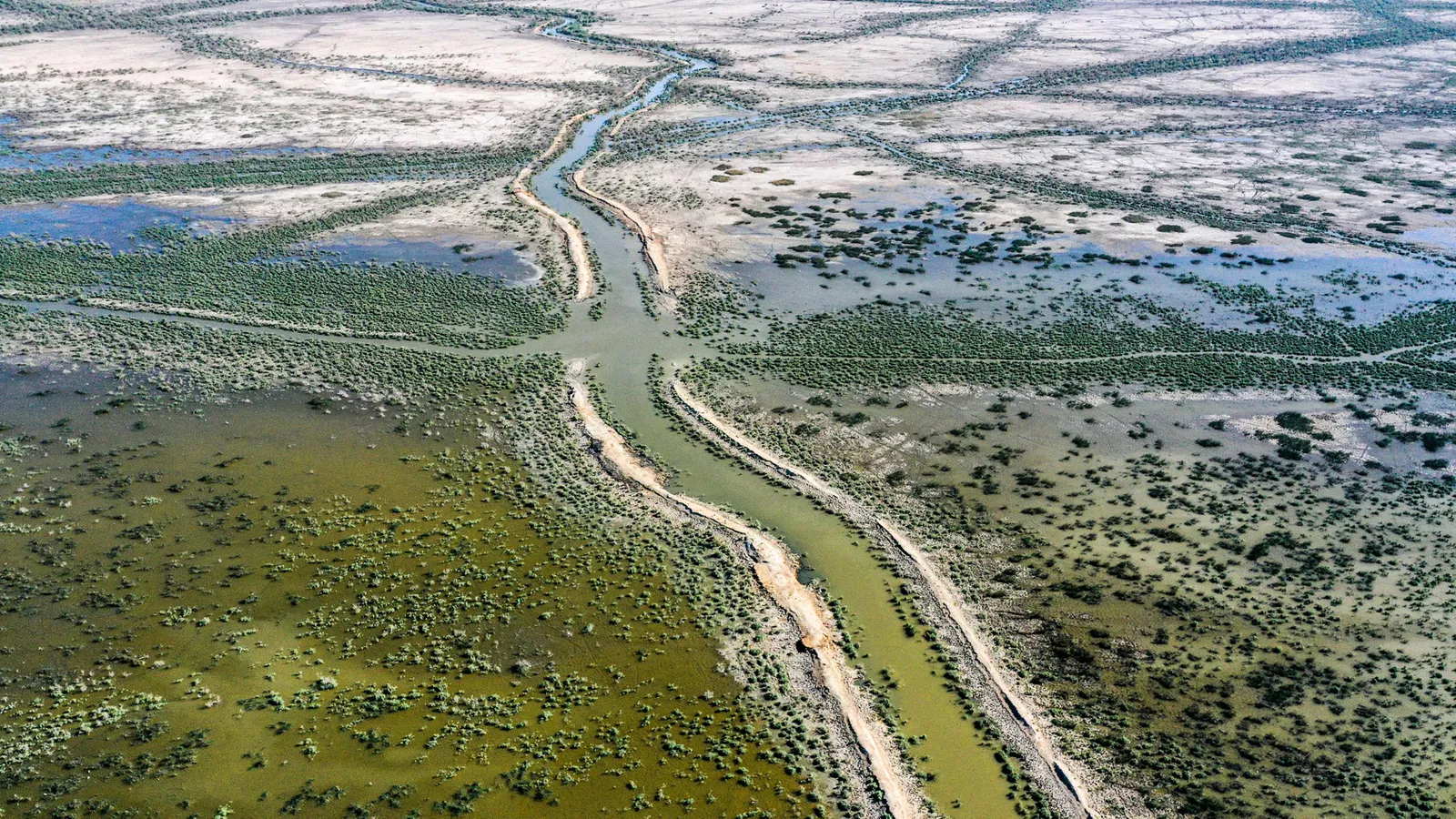   
 | From the Editor's Desk
How water shortages are brewing wars Unprecedented levels of dam building and water extraction by nations on great rivers are leaving countries further downstream increasingly thirsty, increasing the risk of conflicts.
Speaking to me via Zoom from his flat in Amsterdam, Ali al-Sadr pauses to take a sip from a clear glass of water. The irony dawning on him, he lets out a laugh. "Before I left Iraq, I struggled every day to find clean drinking water." Three years earlier, al-Sadr had joined protests in the streets of his native Basra, demanding the authorities address the city's growing water crisis.
"Before the war, Basra was a beautiful place," adds the 29-year-old. "They used to call us the Venice of the East." Bordered on one side by the Shatt al-Arab River, the city is skewered by a network of freshwater canals. al-Sadr, a dockhand, once loved working alongside them. "But by the time I left, they were pumping raw sewage into the waterways. We couldn't wash, the smell [of the river] gave me migraines and, when I finally fell sick, I spent four days in bed." In the summer of 2018, tainted water sent 120,000 Basrans to the city's hospitals - and, when police opened fire on those who protested, al Sadr was lucky to escape with his life. "Within a month I packed my bags and left for Europe," he says.
Around the world, stories like al Sadr's are becoming far too common. As much as a quarter of the world's population now faces severe water scarcity at least one month out of the year and - as in al-Sadr's case - it is leading many to seek a more secure life in other countries.
Continued here
TradeBriefs: Newsletters for Decision-Makers!
Our advertisers help fund the daily operations of TradeBriefs. We request you to accept our promotional emails.
Want the newsletters, without the promotional mailers?
Get an (ad-free) subscription to TradeBriefs Premium for just $2 per month.
|
| S2S1� | � |  | S3S4 | � |  | S5 |
|
|
|
|
No comments:
Post a Comment